
The BlackBerry PlayBook OS 2.0 is definitely not a new update nor is it truly groundbreaking in any sense of the word but for PlayBook users, it couldn’t come a moment too soon. Seeing as I being sent to Orlando for BlackBerry World 2012, the guys over at RIM Malaysia thought it would be good for me (an Android & iOS guy) to switch for a week and give the PlayBook and OS 2.0 a try while I was stateside and to see what I thought.

I have nothing against the PlayBook, but after playing with my former editor’s pre-2.0 unit, I had all but dismissed it for my purposes and went on my merry iOS and Android way. In the interest of impartial tech journalism, I decided to give it another go, seeing as I would be switching from my iPhone to a BlackBerry anyway and I’m pretty damn glad I did.
Review continues after the jump
Since I didn’t actually own a pre 2.0 PlayBook, I’m going to try my best not to sound like a broken record player, rehashing what is already known and instead focus on the features that the PlayBook OS 2.0 brings to the table over what I experienced prior.
We’ve always said that the PlayBook is not a standalone tablet, but rather a 7Inch companion to your BlackBerry and playing a supporting role, the BlackBerry PlayBook is where the PlayBook excels. At launch there were a boatload of problems which plagued the device, making the tablet a little TOO dependent on having a BlackBerry connected to it to actually function. Thanks to PlayBook OS 2.0, the PlayBook can actually shed the chains of bondage and stand on its own (well kinda). BlackBerry Bridge is still immensely useful but not absolutely essential.

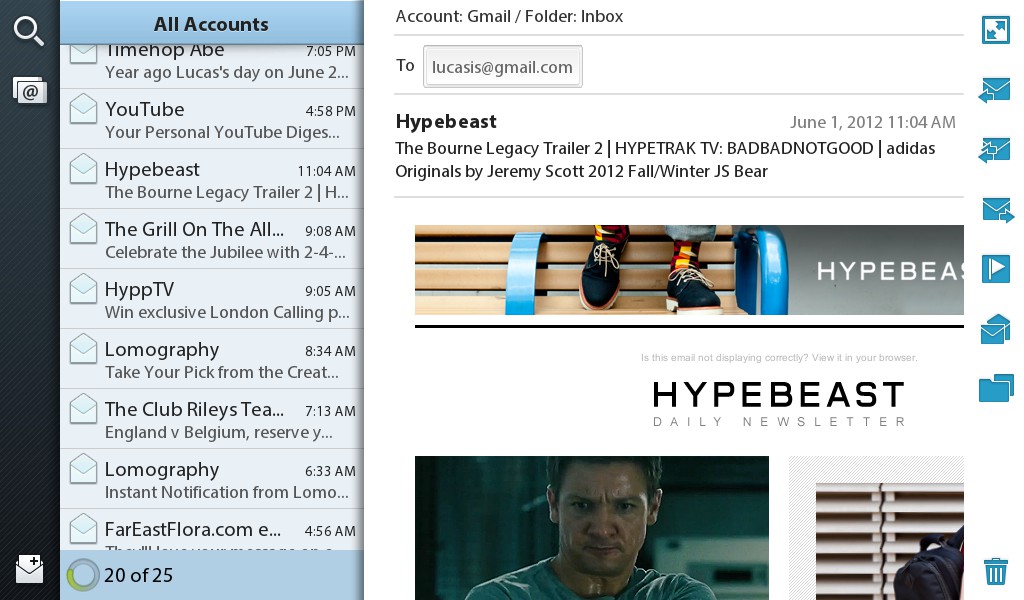
The first thing that PlayBook OS2.0 brings to the table which other tablet owners have come to take for granted, is a native email client. Replacing the optimized web version of Gmail, the native email client is a breath of fresh air and an essential to the tablet liberation experience. It is a wonder why it wasn’t present at launch. As they say, it’s better late than never and the PlayBook’s email client is fully featured and easy to use. The client even allows you to aggregate your twitter, Facebook and LinkedIn accounts and use it for that. The downside to that however is that if you’re really big on the whole social network thing, it gets very cluttered, fast. I feel that sometimes it’s quite redundant in some aspect, especially with standalone apps for Twitter and Facebook being already quite good on the PlayBook.
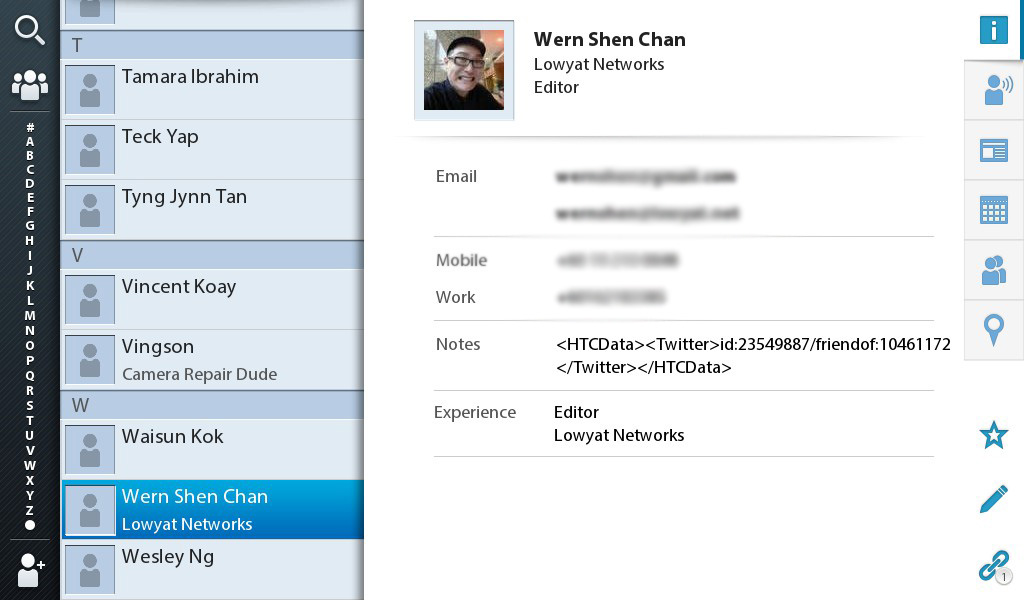
Next, the PlayBook OS 2.0 brings a new contacts and calendar application, yet another feature that should have made it to the device at launch. You can now keep track of your contacts social media feeds on the contacts app ala Android OS as well as your appointments and engagements in the calendar. This was particularly useful to me, keeping in line with what is happening in GMT +8 while we were in Orlando covering BlackBerry World.

The PlayBook OS 2.0 also brings the standard Bridge functions that were present at launch, with a new addition: BlackBerry Remote. Tying your phone to your tablet, you can actually use your phone display as a trackpad, performing gestures at the edges. On top of that you can enter presentation mode, making it easy to go back and forth on PowerPoint presentations when the PlayBook is linked to a larger screen. You can even use the keyboard on your phone as the PlayBook’s keyboard, a feature that was especially useful when filing stories on the go. There is only so much you can do on a touchscreen!
BBM also makes an appearance on the PlayBook with OS2.0, but it’s still a bridge function as opposed to a standalone app. That is a little disappointing, but juggling 2 BB PINS and 2 lists would be a little inconvenient anyway.
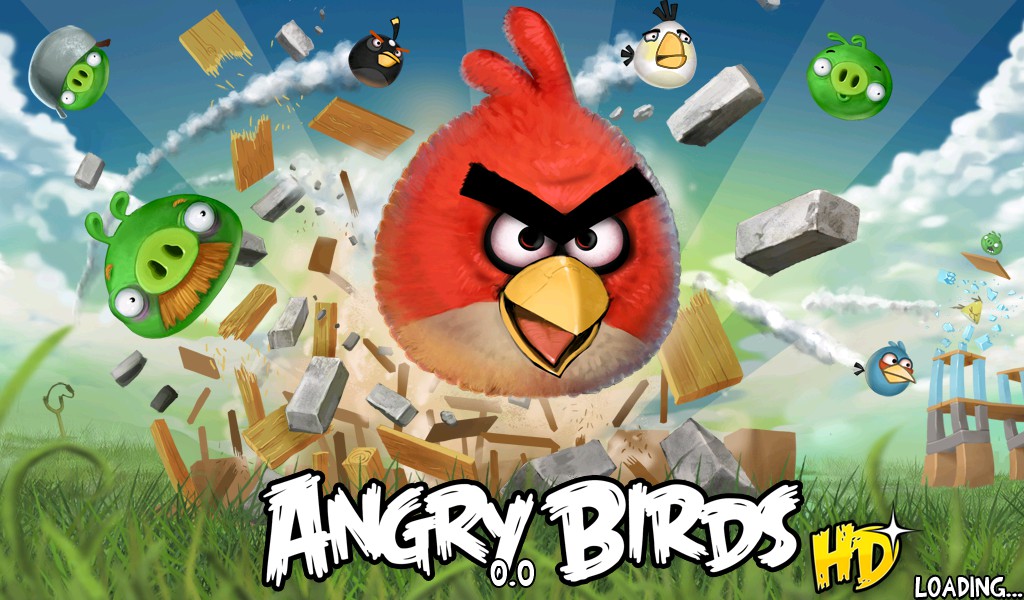
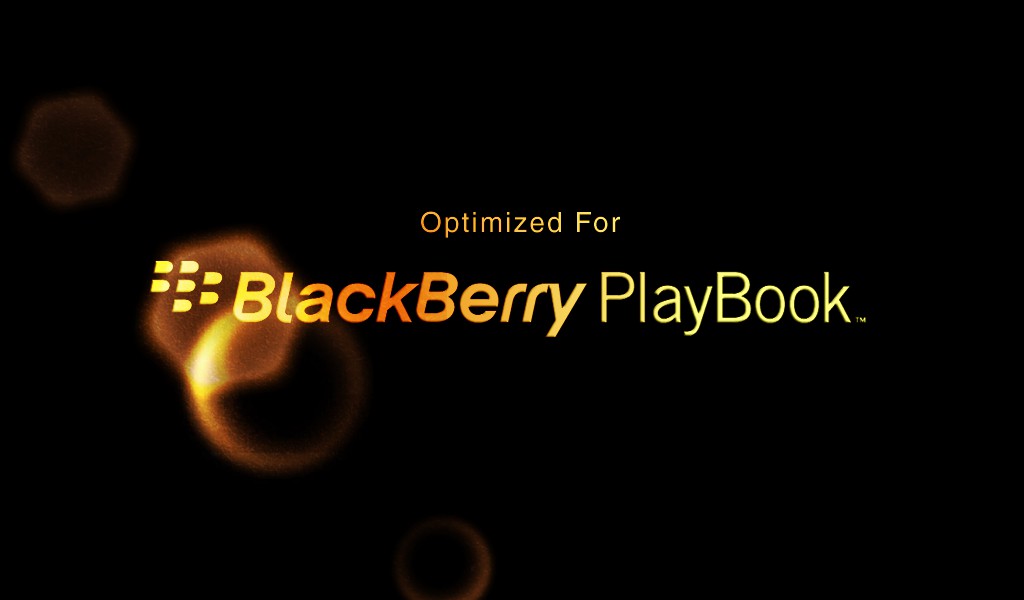
Perhaps one of the biggest additions is the ability to run Android apps on PlayBook OS2.0. Granted, you won’t have access to the full Marketplace of Android apps, but there are lists on the internet showing what is already available on the PlayBook. There are no major hiccups on this front, with the occasional jitter but all in all it runs quite well. Developers will be happy to know as well that the process to port over to the PlayBook is as simple as submitting your APK to RIM after a simple conversion process.
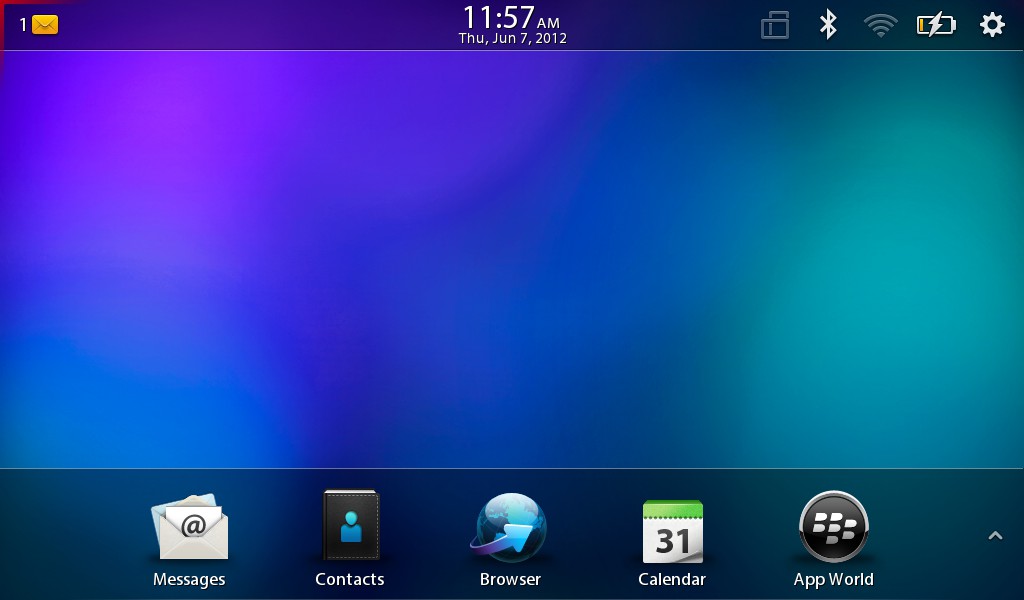
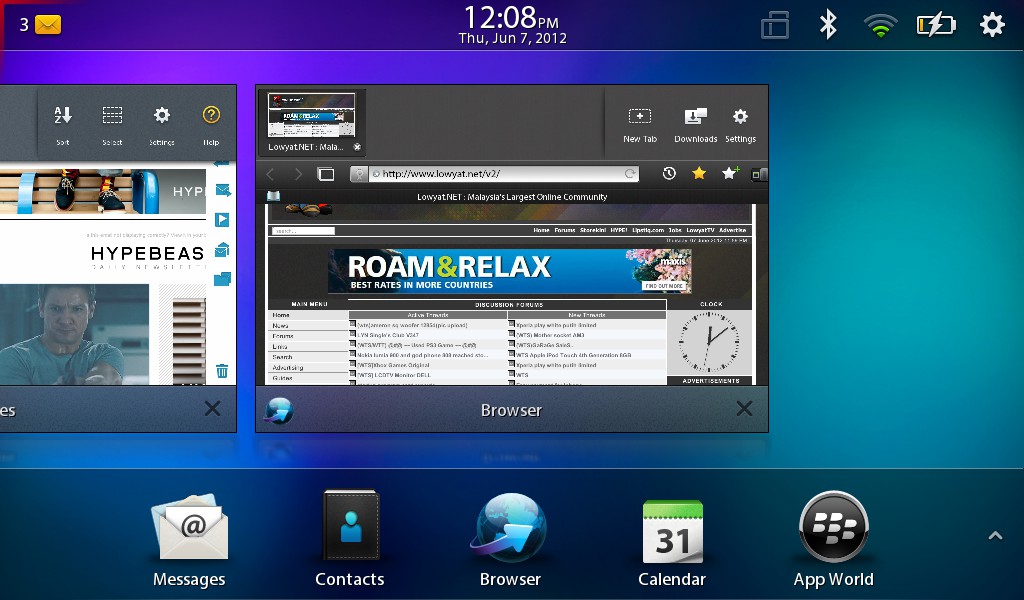
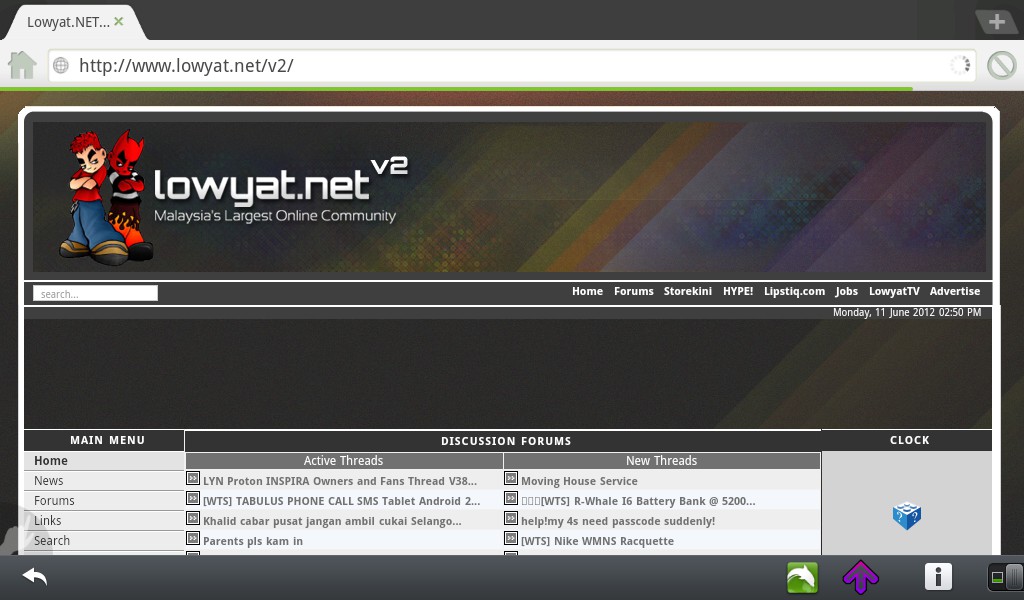
So in summary, my time with the BlackBerry PlayBook and the OS2.0 update may have been brief but coming from a iOS tablet user, I can definitely see that the environment is lacking in terms of apps, however i do like how the PlayBook handles many things like Multitasking and who can get enough of the swiping from the bezel! Granted, it seems like RIM is catching up to the pack and is late to the party, but as far as I see it, the potential is there. It’s now up to RIM to show off BB10 before they get left behind.
I did enjoy my time with the PlayBook but I’m not going to lie, although I missed a few apps on my iPad, I would consider a PlayBook if it finally gets to sever the ties with the BlackBerry phone completely. For now, the PlayBook is severely gimped without a BlackBerry phone and I don’t see myself giving up my iOS or Android phone anytime soon. Well done to RIM for catching up but the road to the top is way longer than just a OS2.0 update.
Follow us on Instagram, Facebook, Twitter or Telegram for more updates and breaking news.

